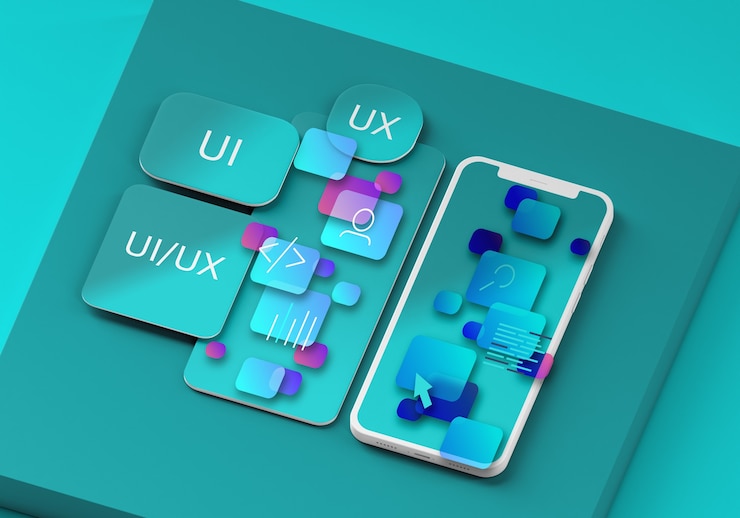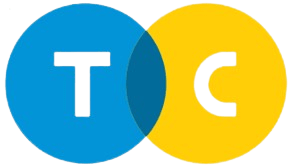Introduction
Bringing an iOS app idea to life can be exciting—but choosing the right development agency to build it? That’s where things often get tricky. Whether you’re launching a brand-new product or looking to expand your digital presence, working with the right iOS development team can make all the difference.
iOS users are known for their high expectations, and Apple’s standards are anything but lenient. That means your app not only has to work—it has to wow. To get there, you need a partner who understands the iOS ecosystem inside and out.
Defining What You Need
Start with the Big Picture
Before you even start your search, take a step back and ask: What’s the real goal of this app? Maybe you want to streamline internal processes, attract a new customer segment, or boost engagement. Whatever the reason, being crystal clear on your goals will guide everything that follows.
Sketch Out Your Must-Haves
Once your goals are set, think about what your app actually needs to do. Do users need to sign in? Shop? Upload photos? Make a list of your core features so you can communicate them clearly to any agency you talk to.
Know Your Users
You don’t need a 100-page persona deck, but you do need to know who you’re building for. Is your app geared toward busy professionals? Gen Z gamers? New parents? The more specific you can be, the better the agency can design something that really clicks.
What to Look For in an Agency
Technical Know-How Matters
You’ll want a team that knows their way around Swift, Objective-C, and the full Apple toolkit. But more than that, they should be up to date with the latest development trends—things like SwiftUI, Core ML, and ARKit.
Check Their Work
Don’t just take their word for it. Ask to see examples of past apps they’ve built. You’re not just looking for visual polish—you want to see how their apps function. Are they smooth? Easy to navigate? Polished?
See What Others Say
One of the best ways to gauge an agency is through client feedback. Look for testimonials, reviews, or even request a reference call. A good agency will have happy clients willing to vouch for them.
The Process (and Why It Matters)
Getting Started
Most agencies begin with a discovery phase where they get to know your business and goals. They might run a workshop or two, build out user journeys, and help shape your initial ideas into something concrete.
Design First, Then Build
Once the vision is nailed down, the design phase kicks in. Expect wireframes, user flows, and maybe even a clickable prototype. This is where your app starts to take shape visually—and it’s a great time to give feedback.
Building the Real Thing
Now it’s time to code. Most agencies follow an agile approach, meaning they’ll build the app in stages, giving you regular updates and chances to test early versions.
Don’t Skip the Testing
Before your app hits the App Store, it should be thoroughly tested—across different devices, screen sizes, and user scenarios. Good QA (quality assurance) is what separates a decent app from a great one.
Launch Isn’t the End
A great agency won’t vanish after the app goes live. Look for a team that offers ongoing support, updates, and guidance as your app grows.
Who You’ll Be Working With
The Project Manager
Your main point of contact. They’ll keep everything organized, handle timelines, and make sure you’re always in the loop.
Designers
They’re the ones crafting the user experience. A good designer will ensure the app isn’t just pretty—but also intuitive and user-friendly.
Developers
These are the builders, turning all those designs and specs into a working app. Ideally, they’ll also be problem-solvers, offering smart solutions when challenges pop up.
QA Testers
Before your app sees the light of day, QA testers will put it through its paces, looking for bugs, glitches, and usability issues.
Planning the Project
Set Clear Timelines
While every app is different, having a rough timeline helps everyone stay on track. Agree on major milestones—like design sign-off, MVP launch, or beta testing—early on.
Break It Into Phases
Instead of trying to build everything at once, consider a phased approach. Maybe start with a core MVP, then roll out new features based on user feedback.
Know the Workflow
Most agencies use project management tools like Jira or Trello. Don’t be afraid to ask how they track progress, manage tasks, and keep you updated.
Communication Is Key
Keep the Conversation Going
Regular check-ins, weekly updates, and quick calls can go a long way. Make sure there’s a clear process for sharing feedback, asking questions, and flagging issues.
Tools Help
From Slack to Google Docs, collaborative tools make the process smoother. Find a rhythm that works for both sides, so you’re always aligned.
Stay Involved
You don’t have to micromanage, but being engaged throughout the process helps. Your input is valuable, especially during key moments like design reviews or feature testing.
Covering the Legal Side
You Own It
Make sure your agreement clearly states that you own the app, the code, and all related assets. It’s your product, after all.
Keep It Confidential
If your app idea is sensitive or still under wraps, a non-disclosure agreement (NDA) is a smart move.
Set Expectations
A service level agreement (SLA) can outline things like response times, update cycles, and support availability. It keeps both sides accountable.
After the Launch
Maintenance Matters
Apps need ongoing care—whether it’s bug fixes, OS updates, or performance improvements. Make sure support is part of the package.
Help Your Users
Consider creating a simple user guide or tutorial for your team or app users. It saves time and reduces support tickets.
Watch and Learn
Use tools like Firebase or analytics dashboards to track performance, spot issues, and uncover opportunities to improve the app over time.
Main Key Takeaways
- Start with clear goals and features before you begin your search.
- Choose an agency with strong technical skills and a proven process.
- Communication, collaboration, and trust are just as important as code.
- Think long-term—maintenance and updates will be ongoing needs.
- Legal clarity and post-launch support are essential for peace of mind.
Frequently Asked Questions
What should I look for in an iOS development agency?
Look for technical skills, solid communication, relevant experience, and a collaborative mindset.
How long does it take to develop an iOS app?
Timelines vary, but most apps take 3–6 months from start to finish.
What are the biggest challenges in iOS app development?
Designing intuitive user experiences, maintaining high performance, and complying with Apple’s guidelines.
How do I make sure my app stands out?
Focus on usability, aesthetics, and solving a real problem. Ongoing updates and user feedback help, too.
What kind of support should I expect after launch?
Ongoing maintenance, performance monitoring, bug fixes, and occasional feature enhancements are typical.

